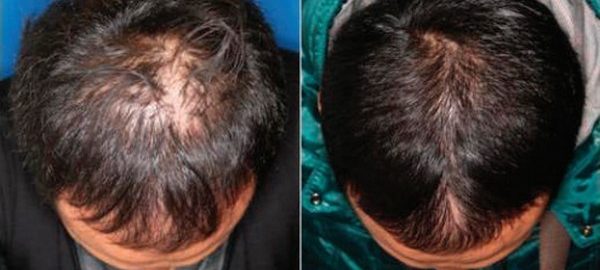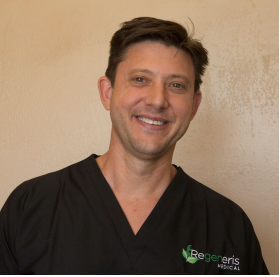Regenerating Your Own Hair With Stem Cells

Approximately 70% of men and 40% of women suffer from hair loss, most commonly from Male and Female Pattern Hair Loss. Though the primary mechanism for hair loss has not yet been clearly established, both men and women who are afflicted display shrinkage of the hair follicle over time. It is thought that the conversion of stem cells to the progenitor cells [which can identify and differentiate between different cell types] required for follicle regrowth and cycling and reduce in patients suffering from hair loss. This is where stem cell therapy can play a major role in hair regrowth and enhancement.
If you’ve lost most of your hair, can we do something? The answer really is “Yes”. This is possible due to the fact that the hair follicles are still there. In typical male or female pattern baldness the hair itself may be gone, but the follicles that produce hair strands just become dormant and inactive. In short, the reality is that the cells and the structure of the hair follicle are still there, but in order to become active again they must be repaired and regenerated.
Why Stem Cells?
Stem cells have similar properties to blood platelets, which have been shown to promote hair growth and slow hair loss, so it is plausible that stem cells, which can stimulate a very powerful set of growth factors, would do the same or more. Up until fairly recently, it used to be thought that the process of obtaining stem cells was quite difficult for both physicians and patients. Many were entertaining the ideas of utilizing umbilical cord cells, bone marrow cells, or even embryonic stem cells. Obviously these sources were not only more difficult to harvest stem cells from, but sparked ethical and moral concerns, too. However, we now a much easier method of obtaining autologous, adult stem cells via stromal vascular fraction, i.e. adipose (fat) derived stem cells. It just so happens that adipose tissues have an abundant storage of stem cells. With this discovery, treating hair loss with stem cells is now becoming a more realistic and simplistic method.
What do these stem cells do? There are two things that are very important to understand…
- Fat stem cells are mesenchymal stem cells (MSCs). It just so happens that part of the hair follicle is also derived from mesenchymal stem cells. Therefore the stem cells from fat and the stem cells that are in the hair follicle already both share the same multipotent stromal cells.
- Stem cells themselves secrete their own growth factors and cytokines. In terms of potency, MSCs may have the upper hand over PRP therapy. Because MSCs are progenitor cells, they have the ability to become other cells and create cell lineages.
Overall, stem cell therapy for hair loss is an evolving treatment that shows great promise but does need more research. Although many of my patients have benefited from cellular therapy, a better understanding of the mechanisms would help other doctors achieve reproducible results. This would translate into the very exciting prospect of giving this technology to more doctors around the world so that they may help more patients suffering from hair loss.


